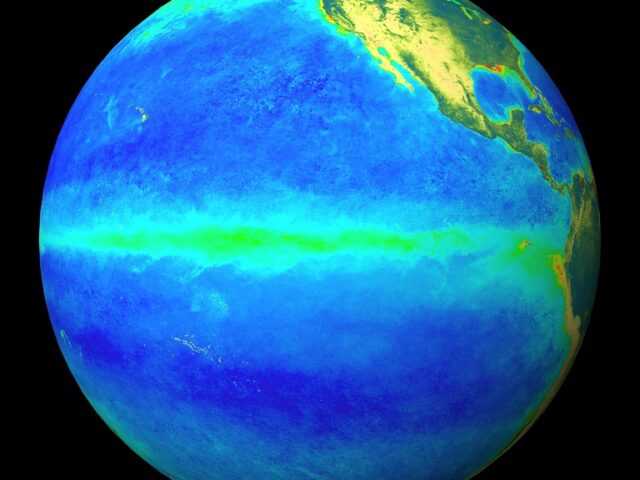MELBOURNE, Australia – Sea surface temperatures (SSTs) in the central Pacific have been steadily cooling since December 2023 reports the Bureau of Meteorology of the Australian Government in its latest update. This surface cooling is supported by a cooler than average sub-surface in the central and eastern Pacific. Recent cloud and surface pressure patterns are ENSO-neutral.
Climate models suggest that SSTs in the central tropical Pacific are likely to continue to cool over the coming months. Four of 7 models suggest SSTs are likely to remain at neutral ENSO levels, with the remaining 3 models showing the possibility of SSTs cooling to La Niña levels from August.
The Bureau’s ENSO Outlook is at La Niña Watch due to early signs that an event may form in the Pacific Ocean later in 2024.
A La Niña Watch does not guarantee La Niña development, only that there is about an equal chance of either neutral ENSO conditions or a La Niña developing in the same outlook period. Further, early signs of La Niña have limited relevance to mainland Australia, and better reflect conditions in the tropical Pacific.
While phenomena such as La Niña provide broad indicators of the expected climate, the long-range forecast provides better guidance for local climate.
The Indian Ocean Dipole (IOD) is currently neutral. The most recent 6 weeks have seen the IOD index within neutral thresholds, with the latest weekly value close to zero. Predictability of the IOD is low at this time of year, but starts to improve through the winter months.
Global sea surface temperatures (SSTs) have been the warmest on record for each month between April 2023 and May 2024. The global pattern of warmth is affecting the typical historical global pattern of sea surface temperatures associated with ENSO and IOD. As the current global ocean conditions have not been observed before, historical comparisons based on past ENSO or IOD events may not be reliable. The Bureau’s long-range forecast provides the best guidance for local climate.
The Southern Annular Mode (SAM) is currently neutral (as of 8 June). Forecasts indicate the index is expected to remain neutral for the remainder of June.
The Madden–Julian Oscillation (MJO) is currently weak (as of 8 June) and is mostly expected to remain weak for the coming fortnight.










